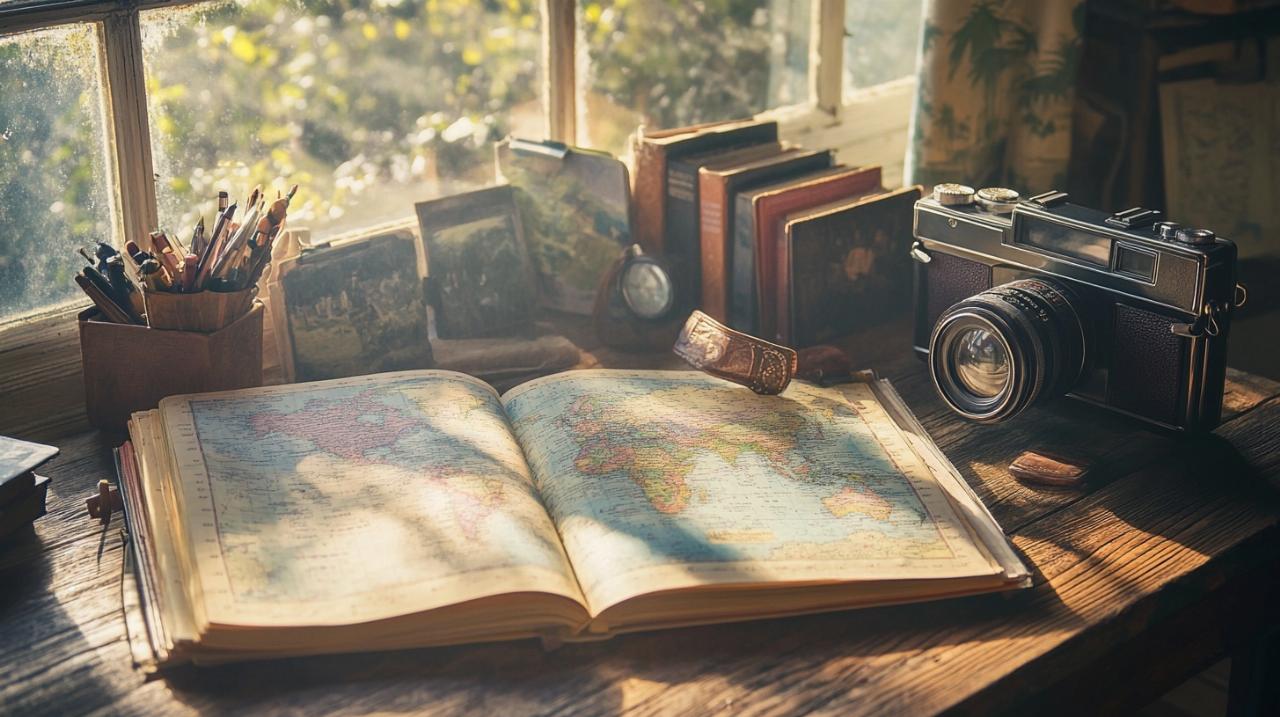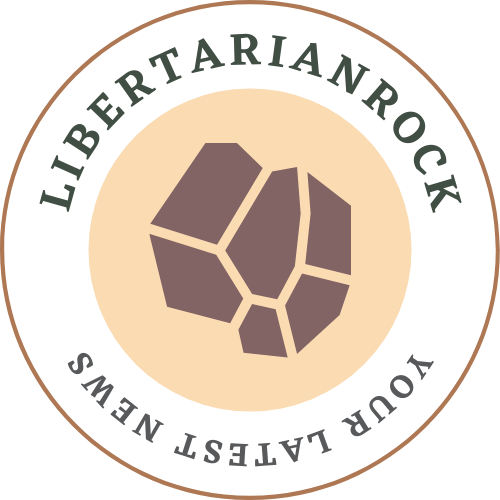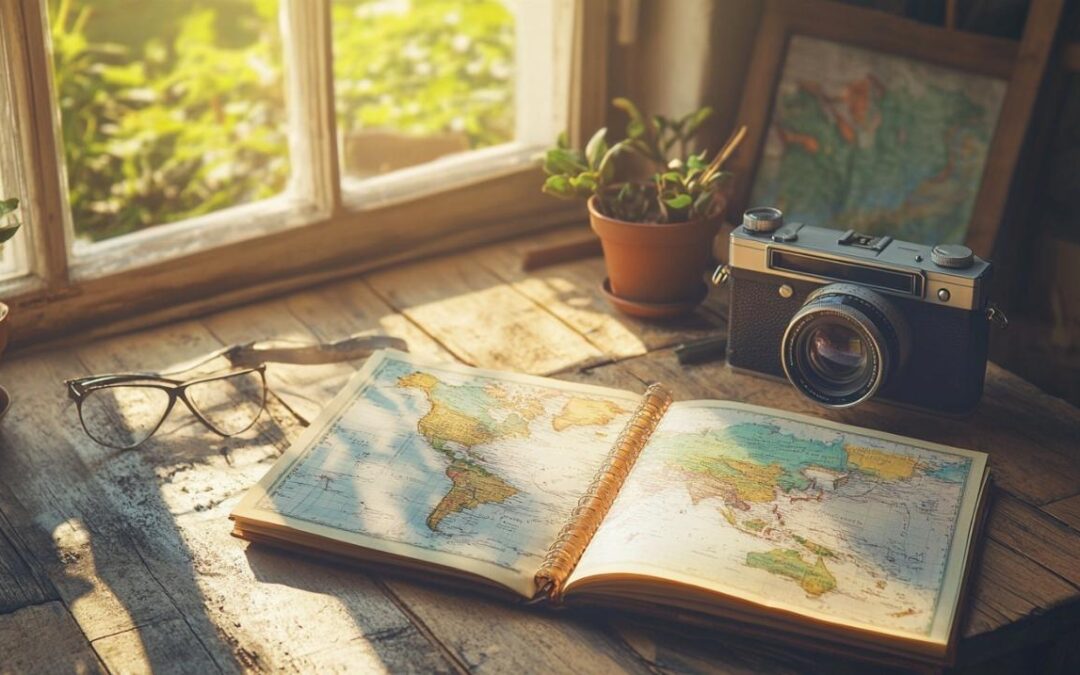Embarking on a journey is more than just visiting new places; it’s about creating memories that last a lifetime. Whether you’re planning a weekend getaway or an extended holiday abroad, having reliable information at your fingertips can transform an ordinary trip into something truly exceptional. Today’s travellers are spoilt for choice when it comes to planning resources, but not all guides are created equal.
Selecting quality travel guides for your adventure
Finding the best travel guides for your next adventure requires consideration of what truly matters in your journey. Quality guides serve as your personal concierge, offering insights that typical tourists might miss while saving you precious time and potentially quite a bit of money. These companions can elevate your experience from merely visiting attractions to genuinely understanding the soul of a destination.
What makes a travel guide worth your time
The value of a travel guide isn’t measured by its cover price, but rather by how significantly it enhances your experience. Consider this: while a guidebook might cost around £20, it can dramatically improve a holiday worth thousands. When evaluating options, focus on five crucial elements: destination coverage, compatibility with your travel style, content depth, layout accessibility, and recency of publication. The best travel guides are typically updated every three to four years, ensuring the information remains relevant in our rapidly changing world.
Different publishers excel in various niches. Lonely Planet has built its reputation serving budget travellers across more than 50 countries, providing comprehensive factual information. Rick Steves specialises in European destinations with annual updates focused on the peak tourist season from April to September. His selective approach highlights truly worthwhile experiences rather than attempting to cover everything. For those seeking luxury experiences, Fodor’s covers more than 150 countries with an upscale traveller in mind, while Frommer’s balances value-for-money with family-friendly recommendations across their extensive catalogue.
Digital vs traditional guide books: which suits your style
The debate between physical guidebooks and their digital counterparts continues to evolve as technology advances. E-books offer undeniable advantages in portability—carrying an entire library of destination guides on a single device is remarkably convenient. They also allow for spontaneous purchasing decisions when travel plans change unexpectedly. Yet despite these benefits, many seasoned travellers still prefer the tactile experience and practical usability of printed guidebooks.
Physical guides allow for quick reference without battery concerns, can be annotated with personal notes, and don’t require internet connectivity to function. The experience of flipping through pages, marking sections with sticky notes, and physically highlighting interesting spots creates a personal connection with your journey that screens sometimes fail to replicate. Your choice ultimately depends on how you naturally consume information and the specific circumstances of your travels.
Top-rated travel guides that enhance your experience
 Beyond the well-known names like Lonely Planet and Rick Steves, several other publishers have carved out distinctive niches in the travel guide market. DK Eyewitness Travel produces visually stunning guides with rich photography and illustrations that appeal to visual learners across 200+ destinations. Rough Guides, written primarily from a European perspective, offers sharp social insights and caters to adventure travellers in over 100 countries. Their extensive e-book catalogue includes specialised walks and tours for specific cities like Rome, Copenhagen and destinations throughout Sicily.
Beyond the well-known names like Lonely Planet and Rick Steves, several other publishers have carved out distinctive niches in the travel guide market. DK Eyewitness Travel produces visually stunning guides with rich photography and illustrations that appeal to visual learners across 200+ destinations. Rough Guides, written primarily from a European perspective, offers sharp social insights and caters to adventure travellers in over 100 countries. Their extensive e-book catalogue includes specialised walks and tours for specific cities like Rome, Copenhagen and destinations throughout Sicily.
National Geographic Traveler guides excel at delivering culturally immersive experiences across more than 40 destinations, leveraging the brand’s renowned photography and storytelling prowess. For travellers seeking historical context, Blue Guides provide exceptional depth on art, architecture and cultural heritage. Their scholarly approach makes them ideal companions for those who view travel as an educational opportunity rather than merely leisure.
Specialised Guides for Different Types of Travellers
The diversity of modern travel experiences has spawned increasingly specialised guidebooks tailored to specific interests and travel styles. Bradt Travel Guides focuses on off-the-beaten-track destinations that larger publishers might overlook. Culture Smart! series prepares travellers for cultural differences and etiquette norms, potentially preventing embarrassing faux pas. Moon Travel Guides often highlight outdoor activities and natural attractions, making them popular among adventure seekers and nature enthusiasts.
For business travellers or those making extended stays in major cities, the aptly named Not For Tourists guides provide insider knowledge on navigating daily life rather than tourist attractions. Berlitz Pocket Guides offer concise information in a genuinely pocket-sized format, perfect for quick reference during day trips or short city breaks. Michelin Green Guides balance practical information with cultural and historical context, complete with colour maps and photographs that bring destinations to life.
Local insight publications that go beyond tourist traps
Perhaps the most authentic travel experiences come through publications created by local experts intimately familiar with their regions. Independent local guidebooks often reveal hidden gems that international publishers might miss. These guides frequently highlight neighbourhood eateries where locals actually dine, festivals that tourists rarely hear about, and authentic cultural experiences that occur away from the well-trodden tourist paths. They might lack the polished production values of major publishers but compensate with genuine authenticity and current information.
Beyond traditional guidebooks, modern travellers increasingly supplement their planning with a constellation of digital resources. Websites like TripAdvisor and Booking.com provide current reviews and availability information. Specialised travel planning tools such as Via Michelin, Deutsche Bahn and Rome2Rio help optimise transportation logistics. Government resources like the US Department of State travel site offer crucial safety information. Weather Planner helps anticipate conditions, while TripIt organises your itinerary details. Combining these resources with thoughtfully selected guidebooks creates a comprehensive planning approach that maximises your chances of a truly memorable journey.

